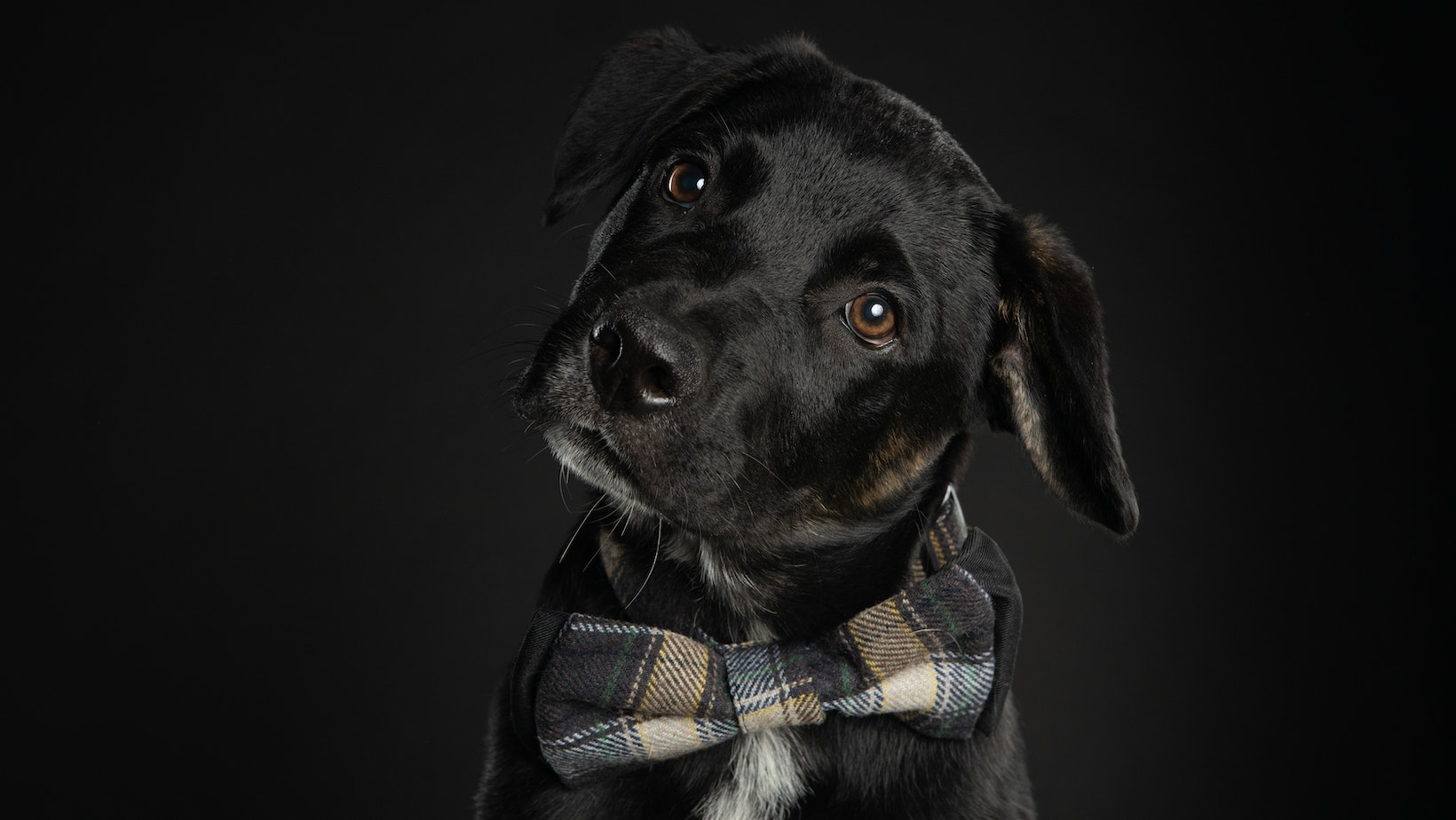Training a leash reactive dog, especially a Labrador, can be challenging but with the right approach and consistent effort, it is possible to help your furry friend overcome this behavioral issue. Leash reactivity refers to an exaggerated response or aggression displayed by dogs when they encounter other dogs or stimuli while on a leash. This reaction can stem from fear, frustration, or lack of proper socialization.
How to Train Leash Reactive Dog
When it comes to leash reactivity in dogs, there are several common triggers that can elicit reactive behavior. Understanding these triggers is crucial for effectively training and managing a leash reactive dog. Some of the most frequent triggers include:
- Other Dogs: Many dogs become reactive when they see or approach other dogs while on a leash. This could be due to fear, territoriality, or past negative experiences.
- Strangers: Some dogs may react aggressively or anxiously towards unfamiliar people while on a leash. This can stem from fear, protectiveness, or lack of socialization.
- Bicycles and Joggers: The fast movement and unpredictability of bicycles and joggers can trigger reactivity in some dogs, causing them to lunge or bark.
- Loud Noises: Sudden loud noises like cars honking, fireworks, or sirens can startle and trigger reactive behavior in sensitive dogs.
How to Identify Triggers in Your Dog
Identifying the specific triggers that set off your dog’s leash reactivity is essential for developing an effective training plan. Here are some steps you can take to identify triggers in your dog:
- Observe Behavior Patterns: Pay close attention to your dog’s reactions during walks and note any consistent patterns of reactivity. Keep a journal if necessary to track their responses.
- Look for Body Language Cues: Learn to recognize subtle body language signals displayed by your dog when encountering potential triggers such as tense muscles, raised hackles (hair along the back), stiff posture, or intense staring.
- Analyze Contextual Factors: Consider the environment and circumstances surrounding each reactive episode—time of day, location, presence of certain stimuli—to help pinpoint specific triggers that contribute to your dog’s reactivity.
- Consult with a Professional: If you’re having difficulty identifying triggers on your own or need guidance, it’s beneficial to seek help from a professional dog trainer or behaviorist who specializes in leash reactivity.

Training with Clicker and Rewards
- Introduce the Clicker: Start by associating the sound of the clicker with positive experiences for your dog. Each time you click, immediately follow it up with a treat or reward. This helps your dog understand that the click is a signal for something good happening.
- Identify Trigger Threshold: Pay attention to your dog’s reactions when encountering triggers such as other dogs or people while on the leash. Observe their body language and note when they start showing signs of reactivity, such as barking or pulling. This will help you determine their trigger threshold.
- Create Distance: During training sessions, maintain a distance from triggers that allows your dog to remain calm and focused on you. Gradually decrease this distance over time as your dog becomes more comfortable and confident.
- Use “Look at Me” Command: Teach your dog a reliable “look at me” command using positive reinforcement techniques. When they look at you upon hearing this command, reward them with praise and treats. This helps redirect their attention away from triggers towards you.
- Practice Desensitization: Once your dog is comfortable maintaining focus on you, gradually expose them to controlled situations where they encounter triggers from a safe distance. Reward calm behavior and reinforce their ability to stay focused on you rather than reacting negatively.
- Reinforce Positive Associations: Continuously reinforce positive associations by rewarding desired behaviors during walks or encounters with triggers in real-life situations.
By using the clicker and rewards method, you can help your leash reactive Labrador become more relaxed and confident during walks, making the experience enjoyable for both of you.